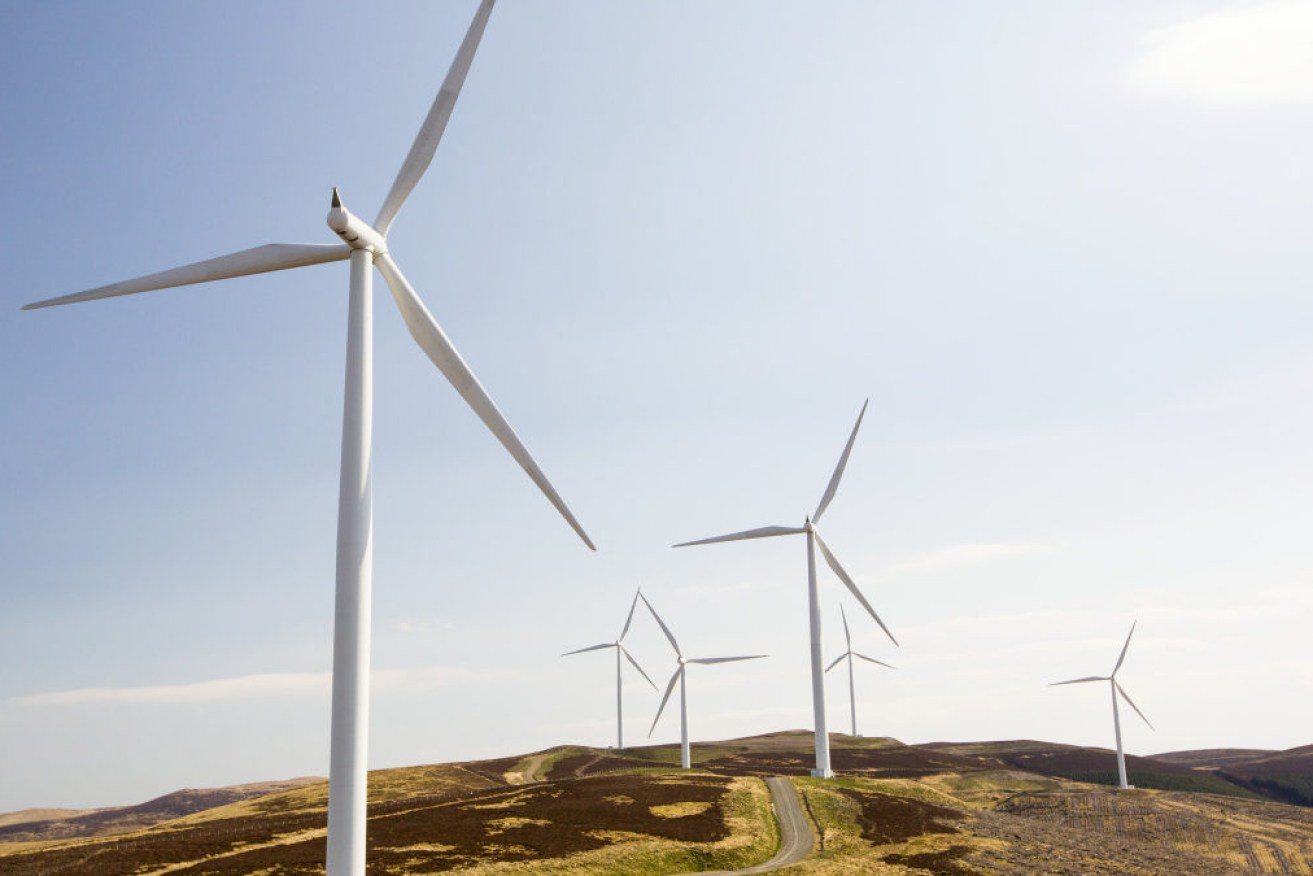Governments urged to ditch ‘band-aid solutions’ to avoid hampered transition to renewables


The transition to low-emission energy production has been hampered by an absence of a nationally cohesive strategy, the ESB says. Photo: Getty
Australia requires urgent new reforms and a nationally unified approach to ensure lights are kept on and electricity bills remain low during the transition to cheaper renewables, a damning new report has found.
The Energy Security Board (ESB) proposed that ultimatum in its latest report card on the health of the National Electricity Market (NEM) and suggested its current frameworks are no longer fit for purpose.
It urged the need for urgent restructure is “critical”, with governments given “just months” to address the accelerating use of rooftop solar and large-scale wind and solar infrastructure.
Coupled with the phase out of coal-fired power – 61 per cent of coal plants are expected to shut their doors within two decades (accounting for 16 gigawatts of thermal generation) – the ESB said a mishandled transition poses grave risk to the reliability of energy supply.
According to its report, the uptake of renewables is now in line with “step change” modelling provided by the Australian Energy Market Operator (AEMO), which well exceed official government forecasts.
Although the government projected in November that renewables would comprise 55 per cent of the NEM’s power mix by 2030, the AEMO shows Australia will instead hit 63 per cent that year.
And startlingly, that number increases to 94 per cent by 2040 – which has strengthened the case for those lobbying the Morrison government to commit to a hard 2050 deadline for a net-zero emissions target.
The NEM covers electricity consumers and producers in Victoria, New South Wales, the ACT, Queensland, South Australia and Tasmania, which have each declared intentions to hit net zero within three decades.
States splintering on renewables creates major issues
But the ESB expressed concern over the “challenges” of the jurisdictions splintering to work on their own strategies in the absence of a nationally cohesive framework.
According to the ESB, the AEMO made more than 250 requests to power generators to bolster energy supply, compared to just 158 in 2019.
“What is not agreed among these jurisdictions is the trajectory to reach their targets. And as each state and territory pursues its own target out to 2030 and beyond to 2050, governance of NEM operations is an ongoing challenge,” the ESB’s report said.
Some of the more recent measures announced by the states include the NSW government’s $32 billion private-led plan to boost renewable input into the state’s grid by up to 60 per cent by 2030.
ESB independent chair Dr Kerry Schott AO said unless the states and federal government stopped “kicking [reforms] further down the road”, it runs the risk of costing consumers down the line.
“We are concerned about security constraints in some parts of the NEM and the increasing pressure on distribution networks from growing rooftop solar penetration,” Dr Schott said.
“The pace of change is accelerating.
“Band-aid solutions are no longer viable in the crucially important mission to deliver the reliable, affordable and secure energy this country needs to meet the challenges of the next decade and beyond.”
Auction system could help facilitate the transition
The centre-right think tank Blueprint Institute recently recommended a five-point mechanism to phase down the use of coal and facilitate Australia’s transition to net-zero emissions by 2050.
Among its proposals included an auction-style system in which owners of economically unviable coal plants would be paid to close down ahead of schedule or be charged if they continued operating.
According to the think tank, that measure would help halve emissions by the end of the decade.
“The last thing anybody wants is an uncontrolled detonation … [and] the Commonwealth’s role is to co-ordinate an orderly phasedown at minimum economic cost,” Blueprint Institute CEO Harry Guinness said at the time.
The transition to renewables is also tipped to drag down annual energy costs by $120 by 2023, with Victorian families primed to save $172, while south-east Queenslanders will likely pocket $190 in savings.
In response to the ESB’s report, Energy Minister Angus Taylor said: “The NEM is at a turning point, with expanding choices, new technologies and large-scale replacement of thermal generation needed as older power stations leave the market,” Mr Taylor said.
“The NEM needs to adapt to address risks to reliability, security and affordability, particularly sudden, unexpected exits of thermal generators.
“We need long-term signals for private sector investment in reliable generation and storage, to replace existing generators with like-for-like capacity.”











